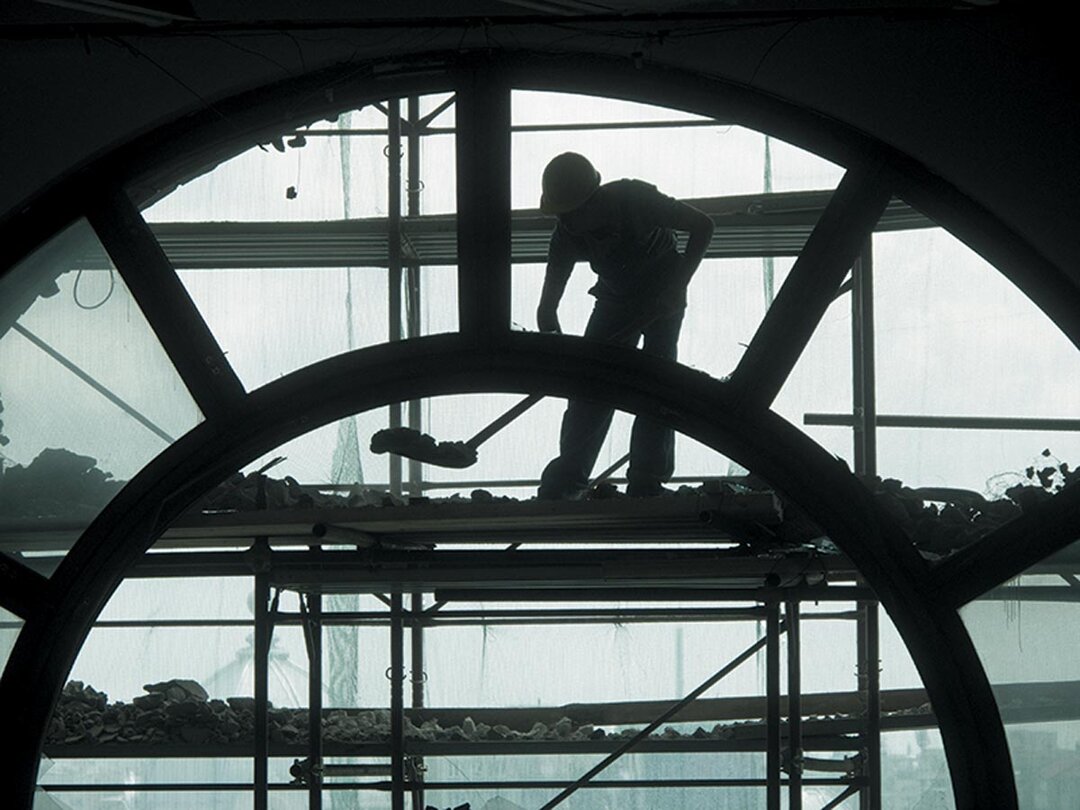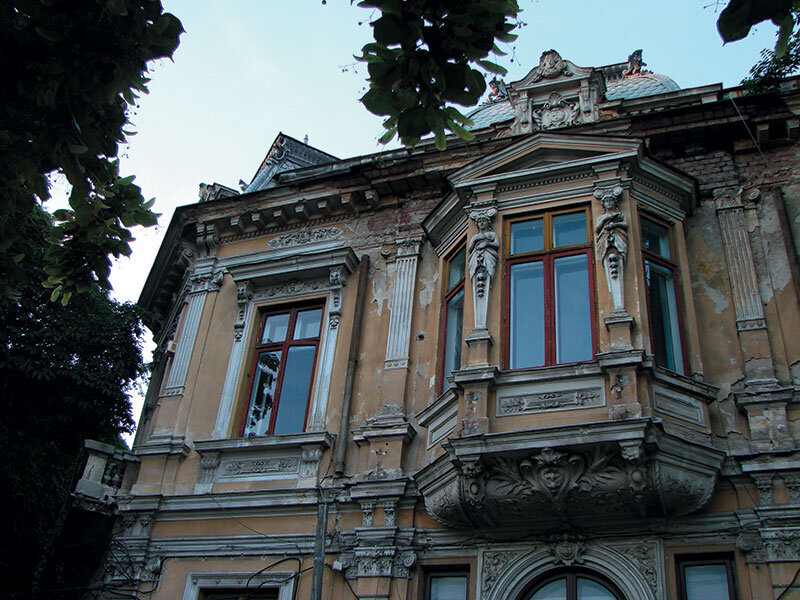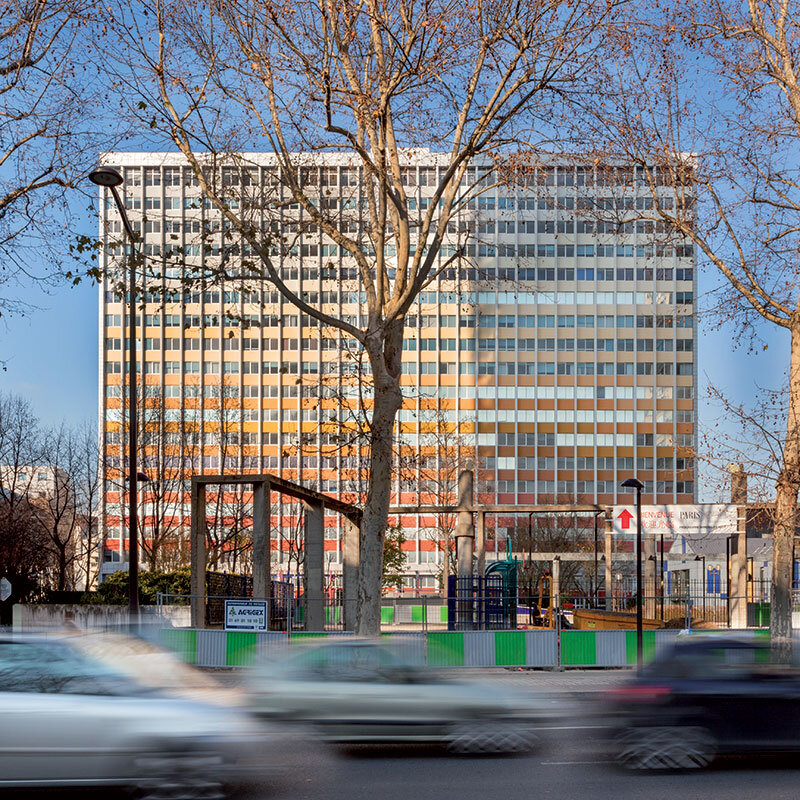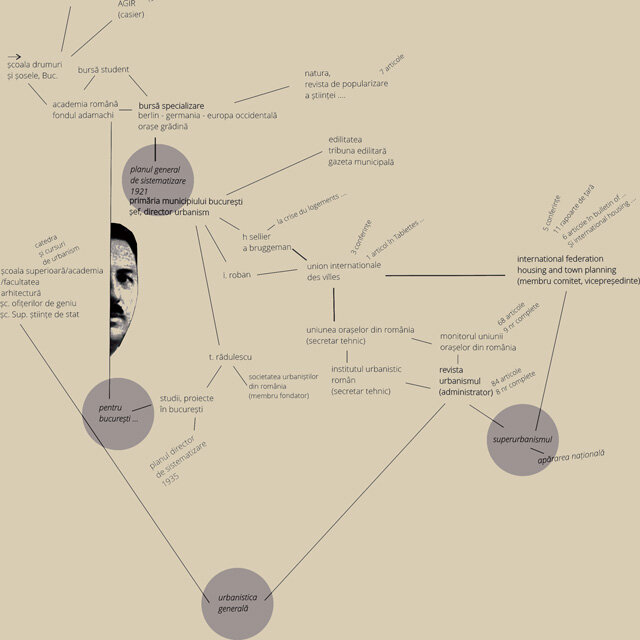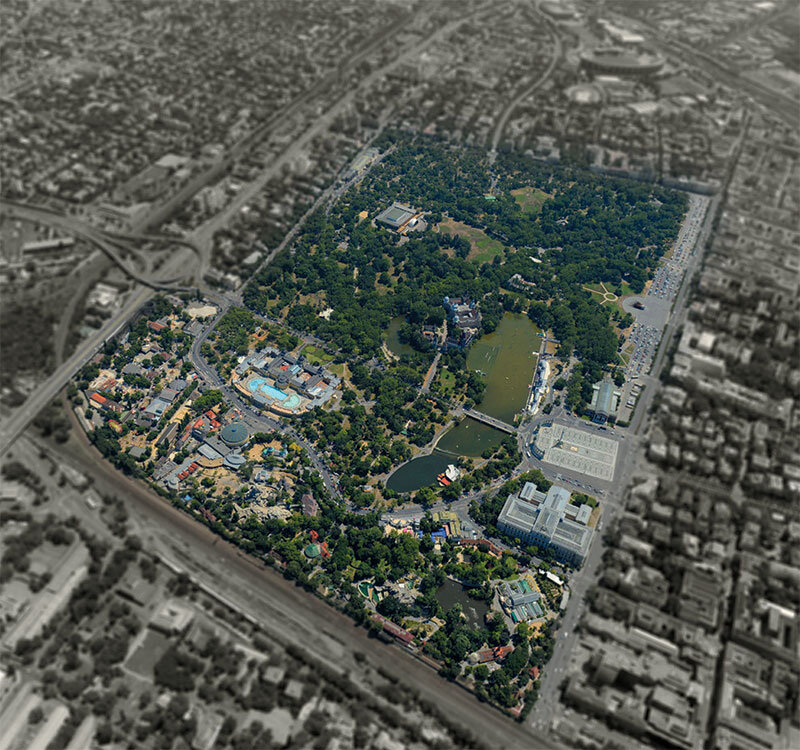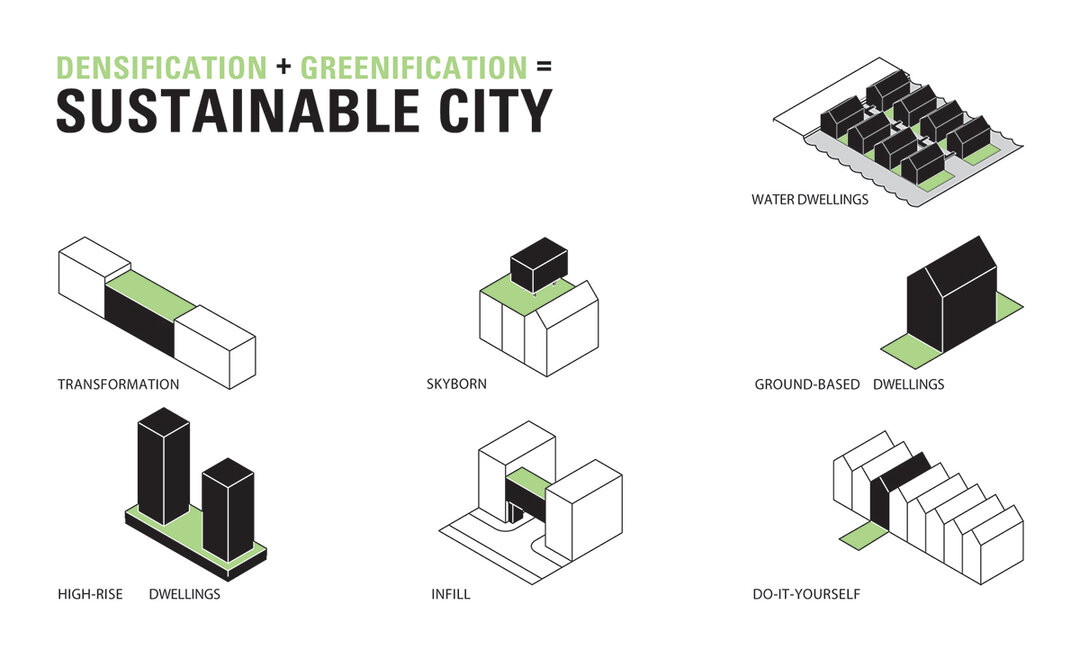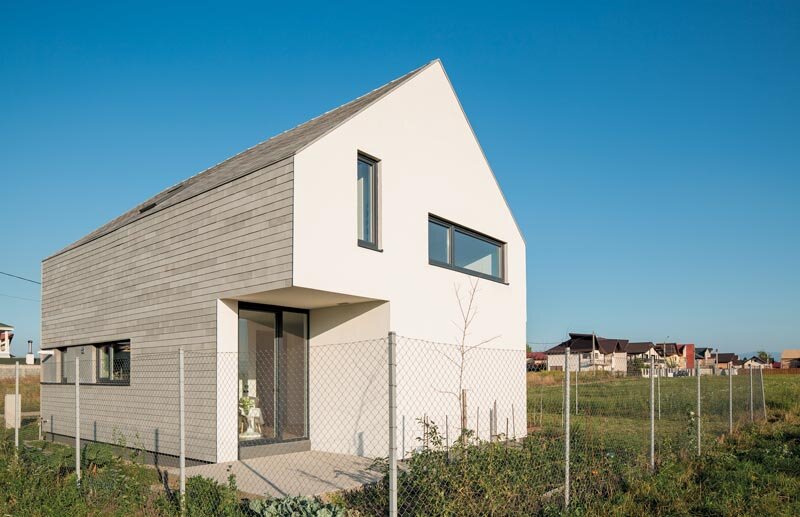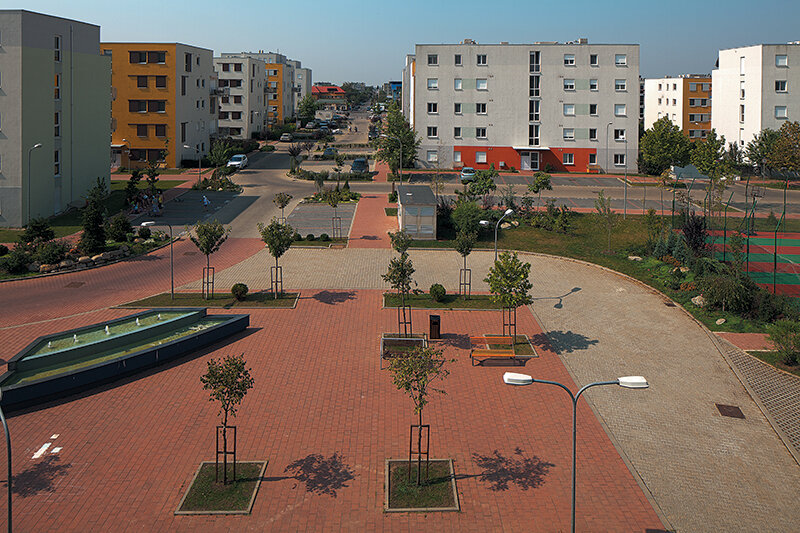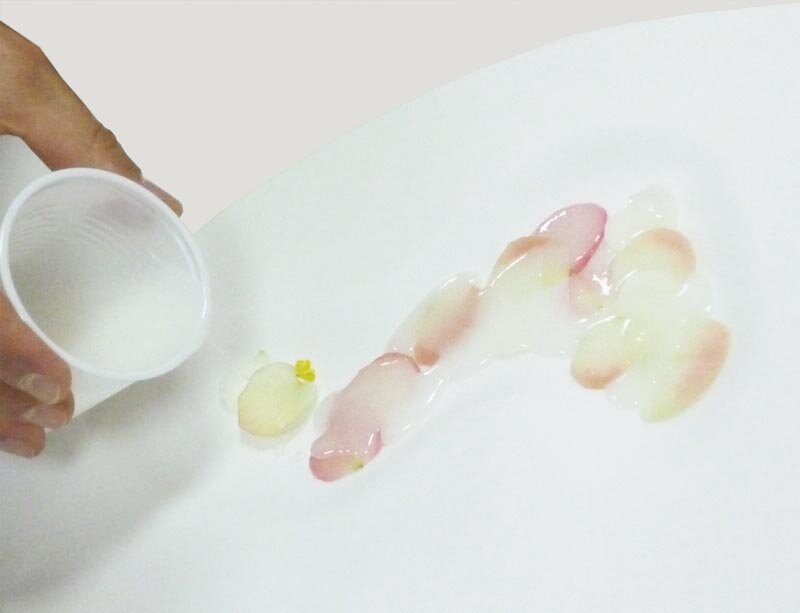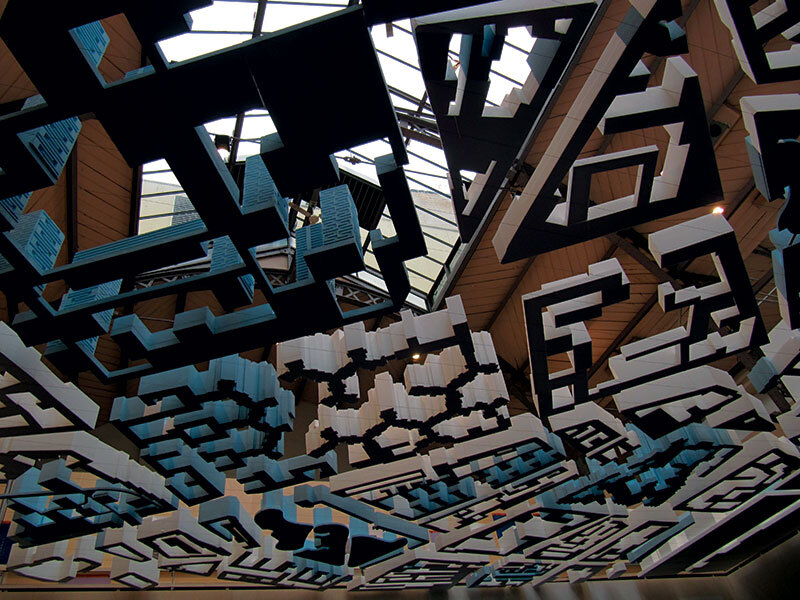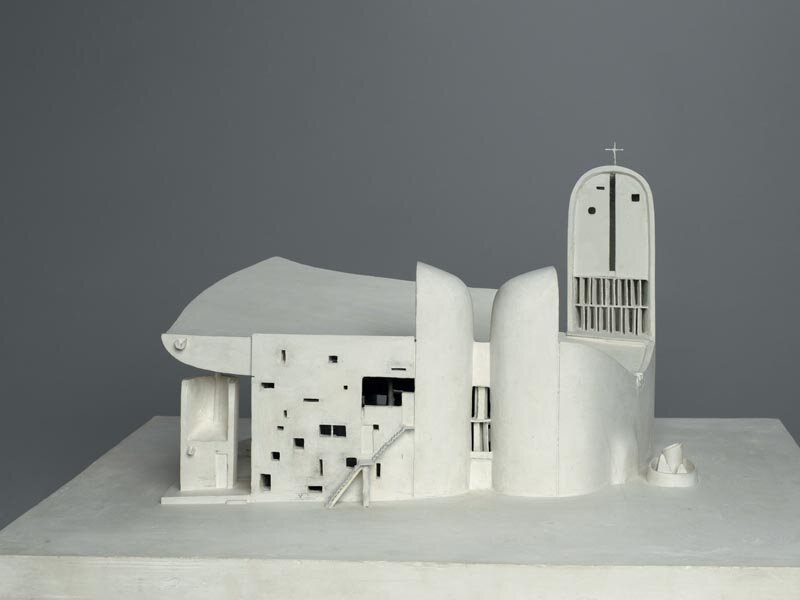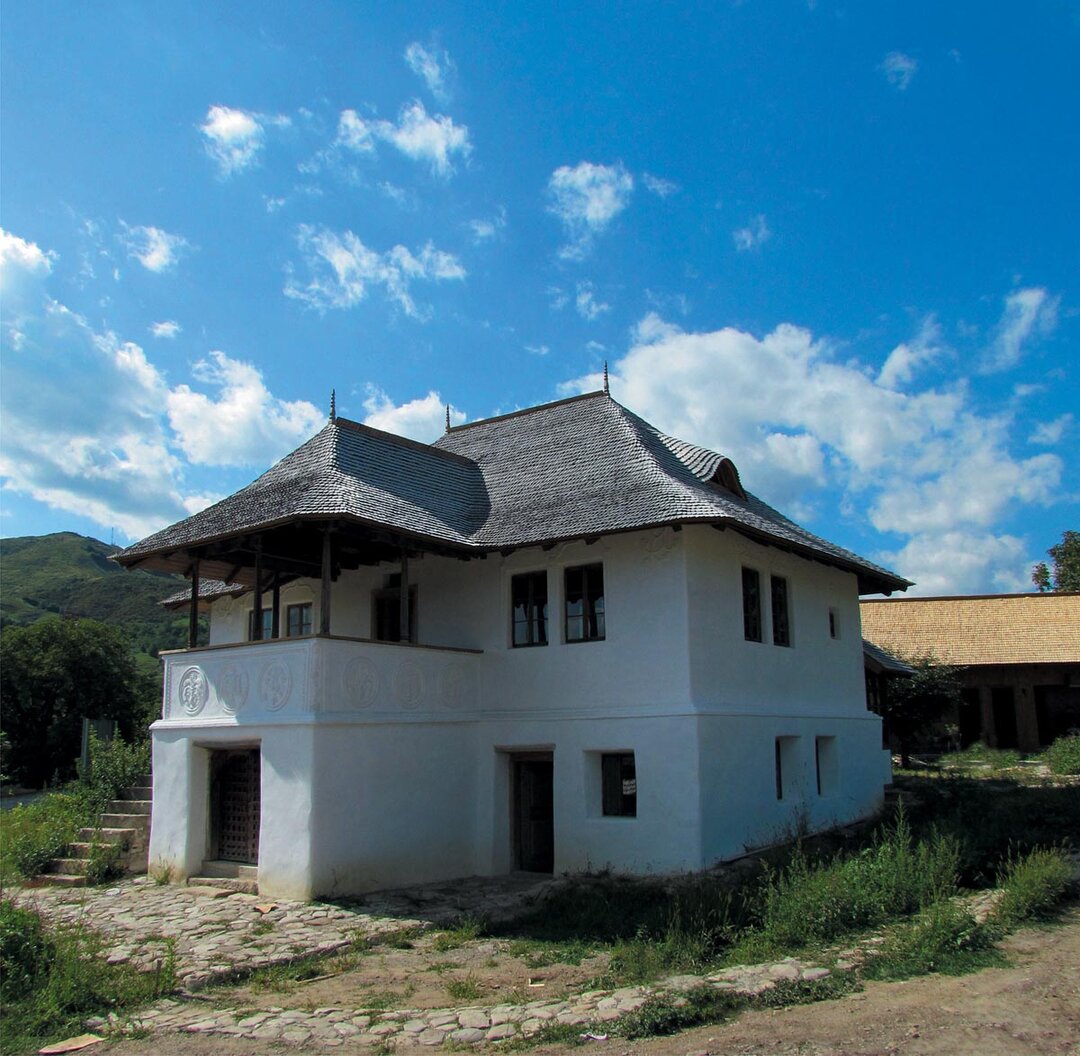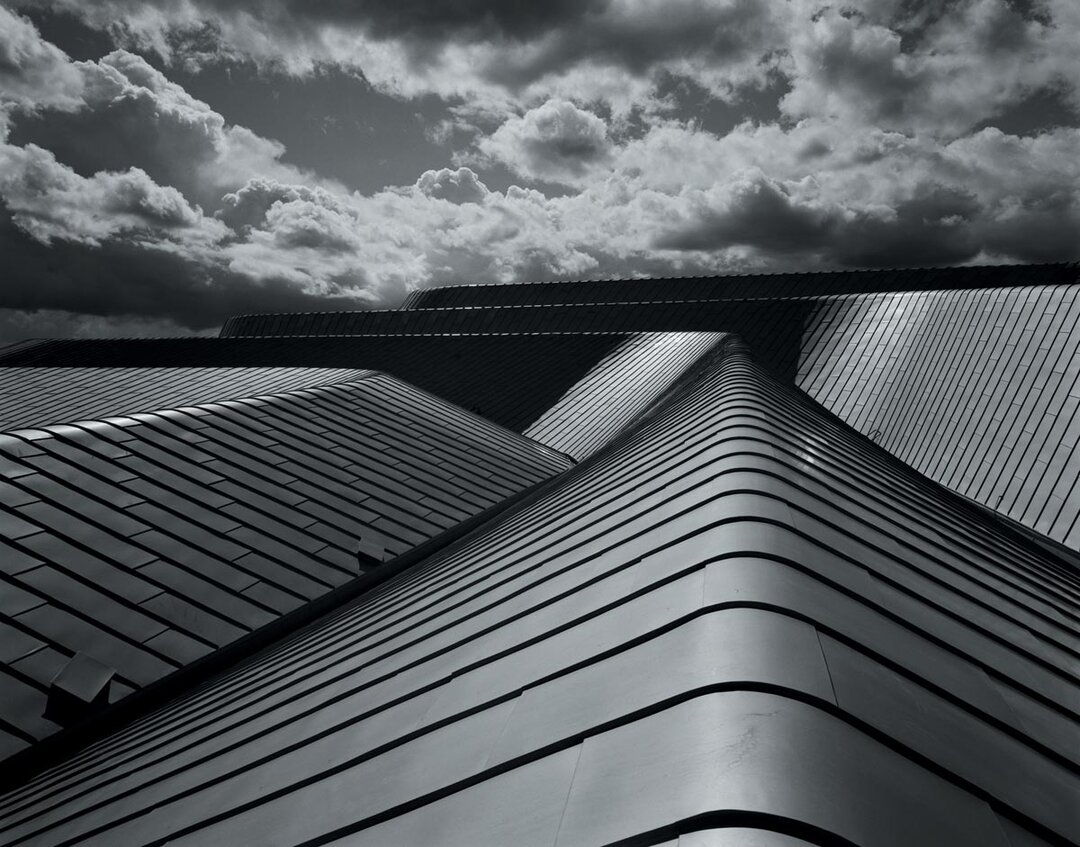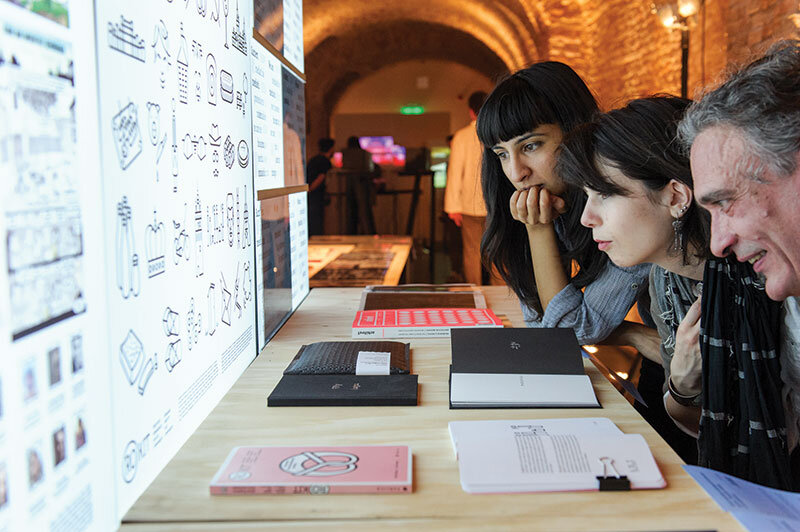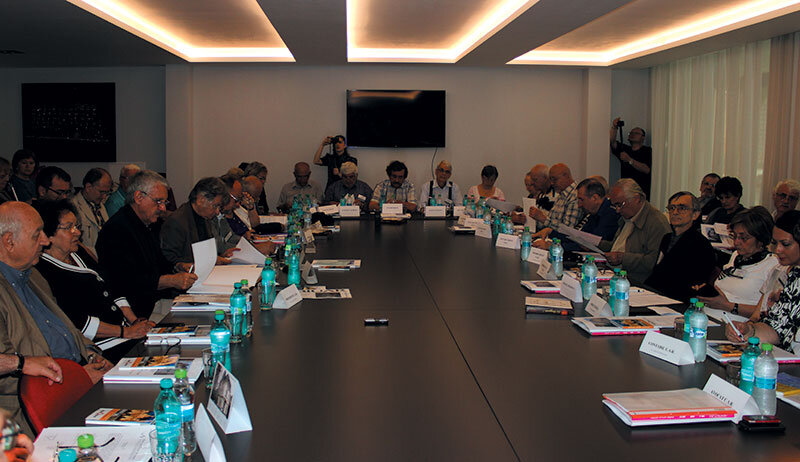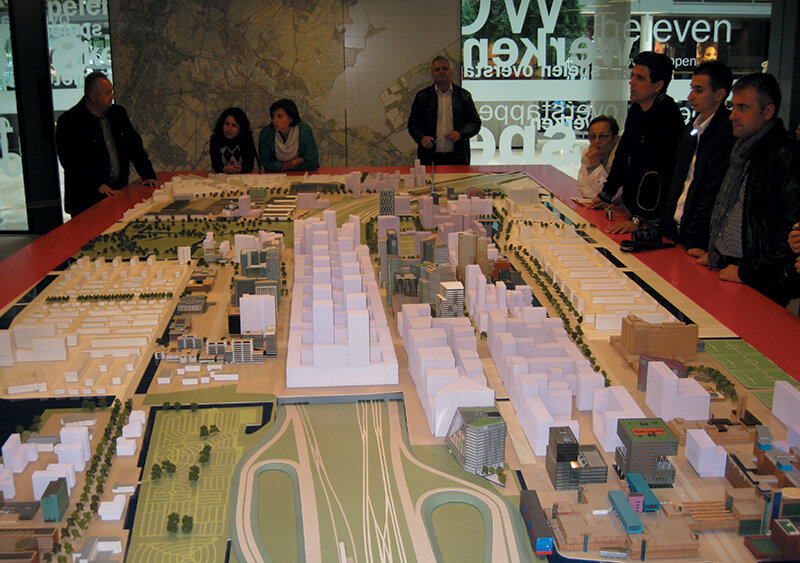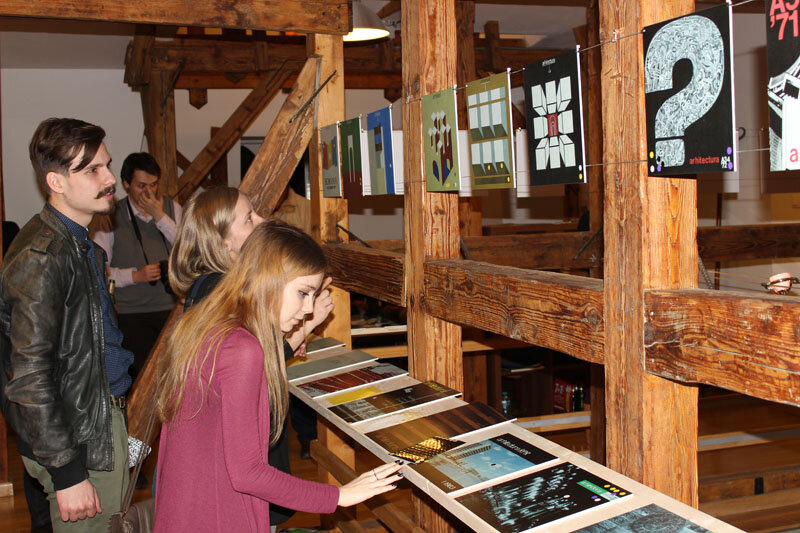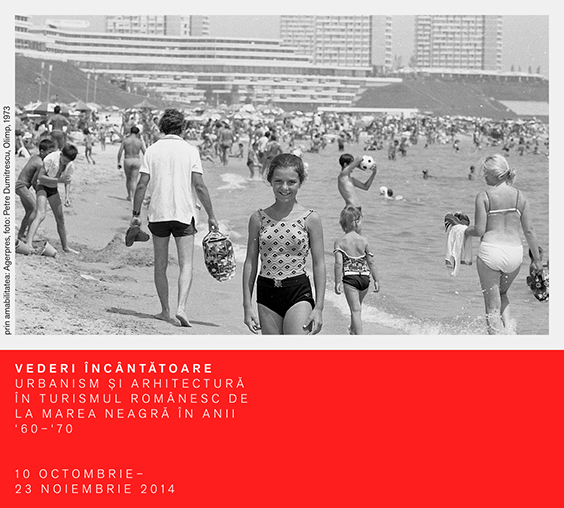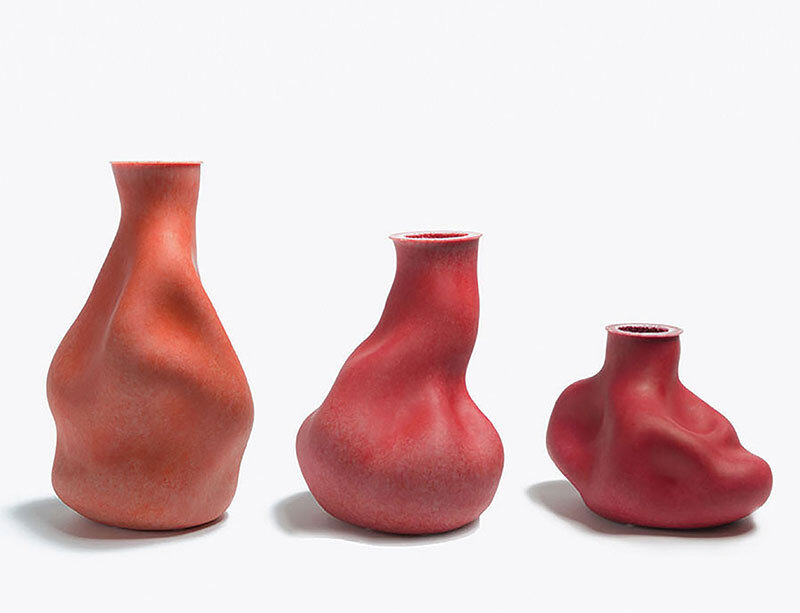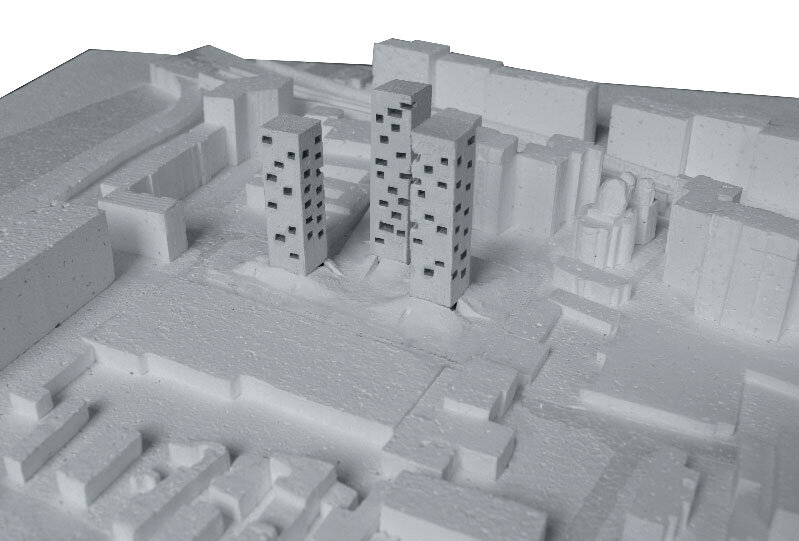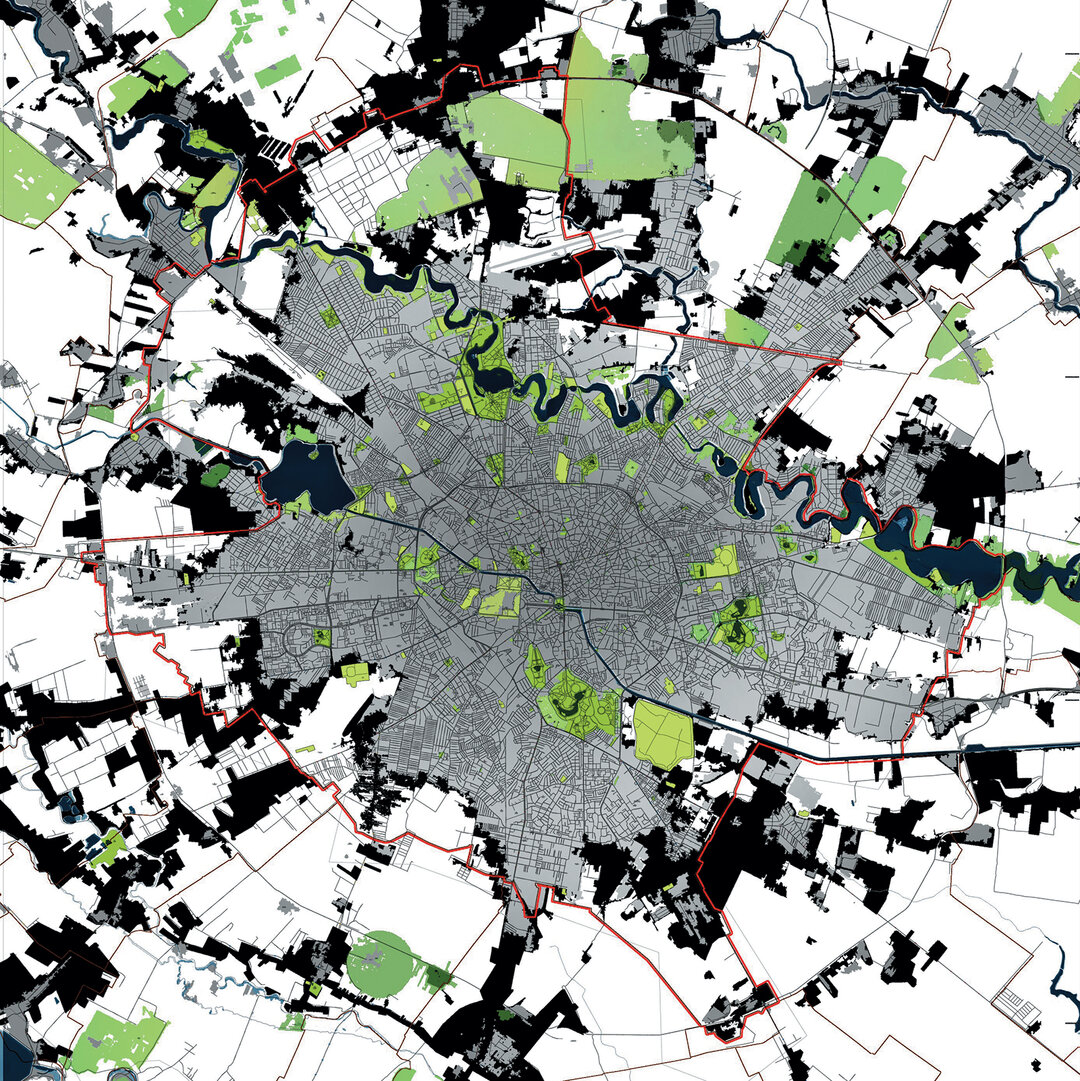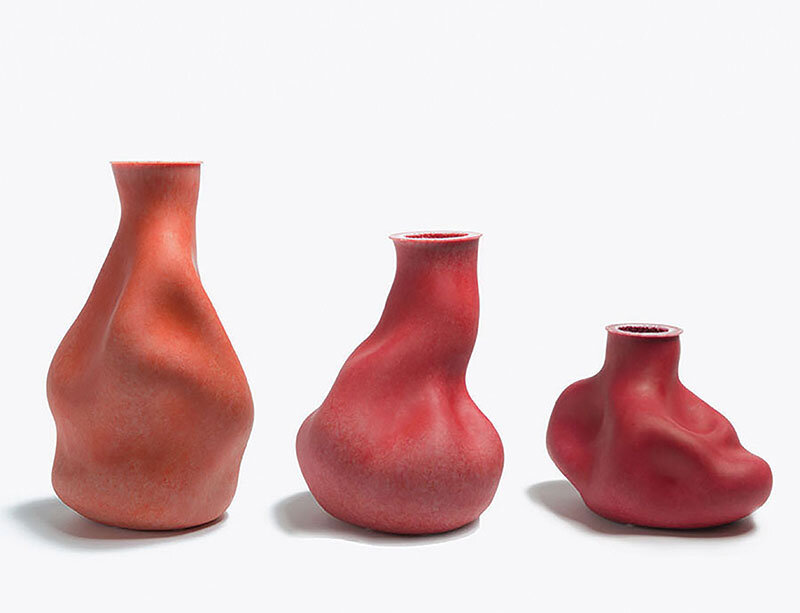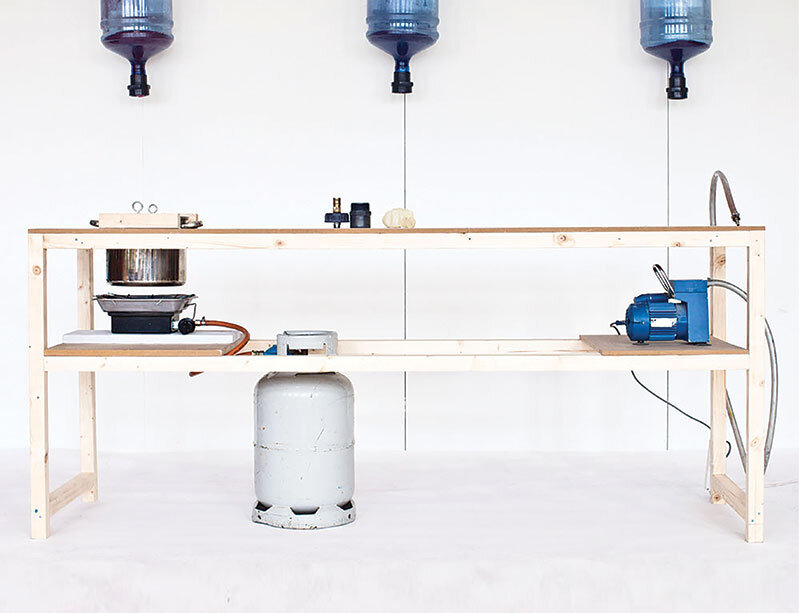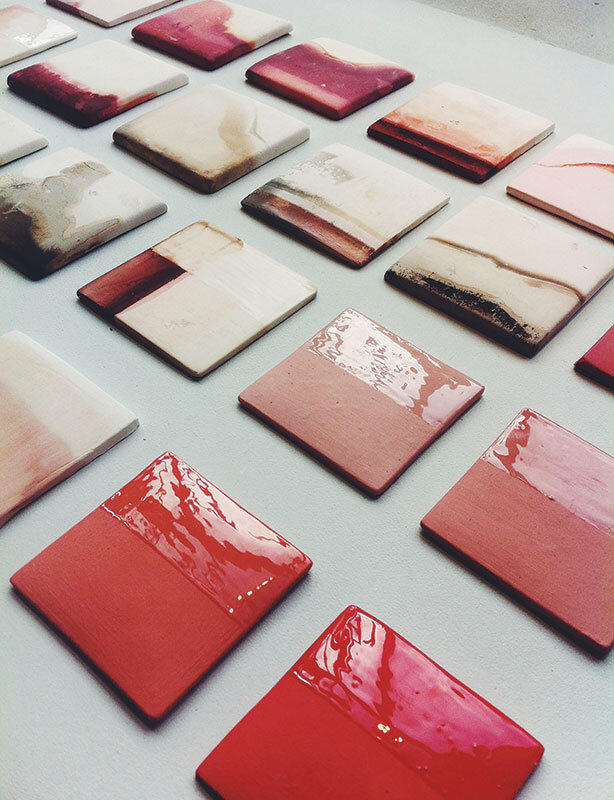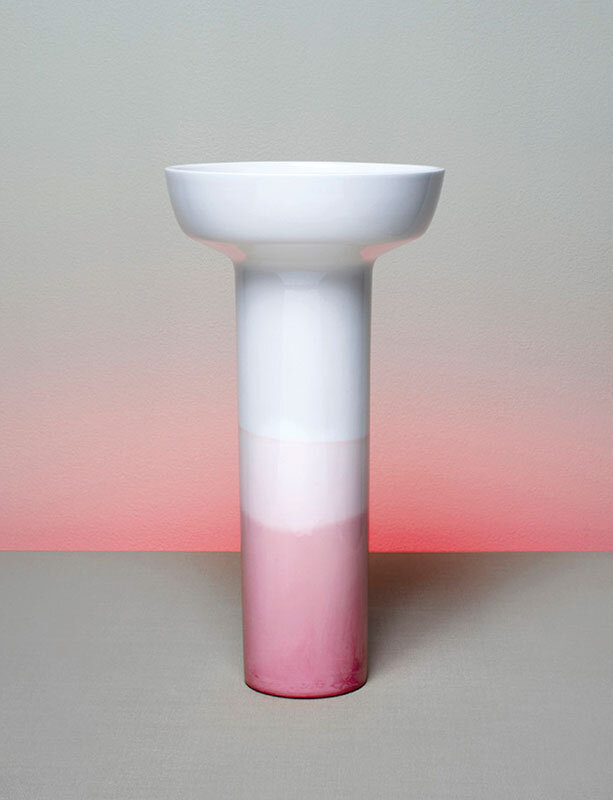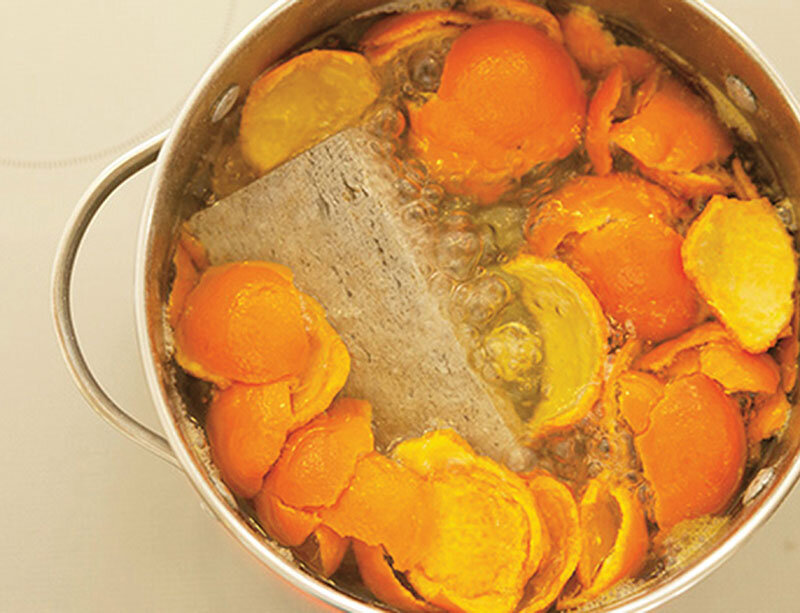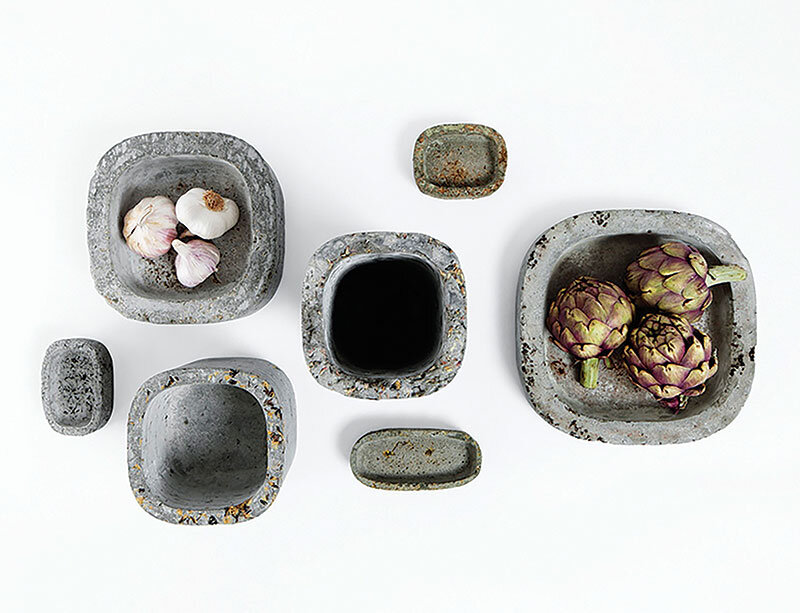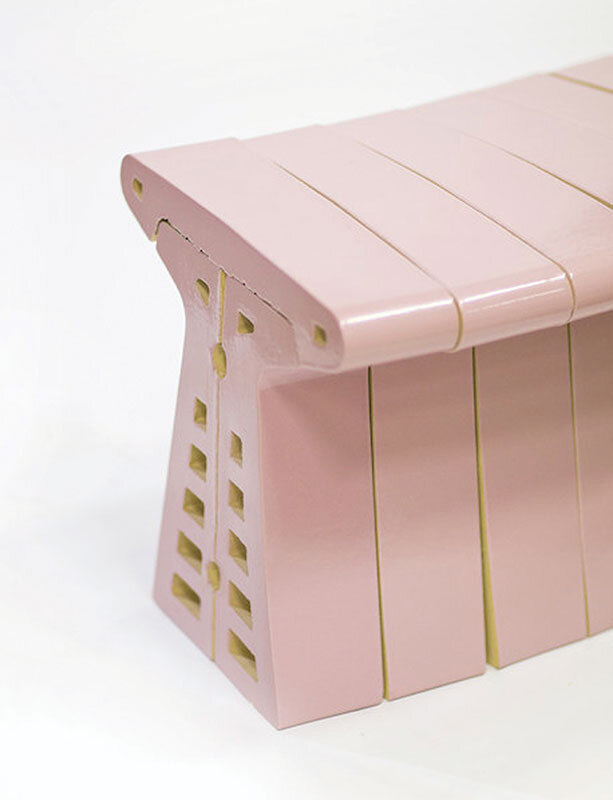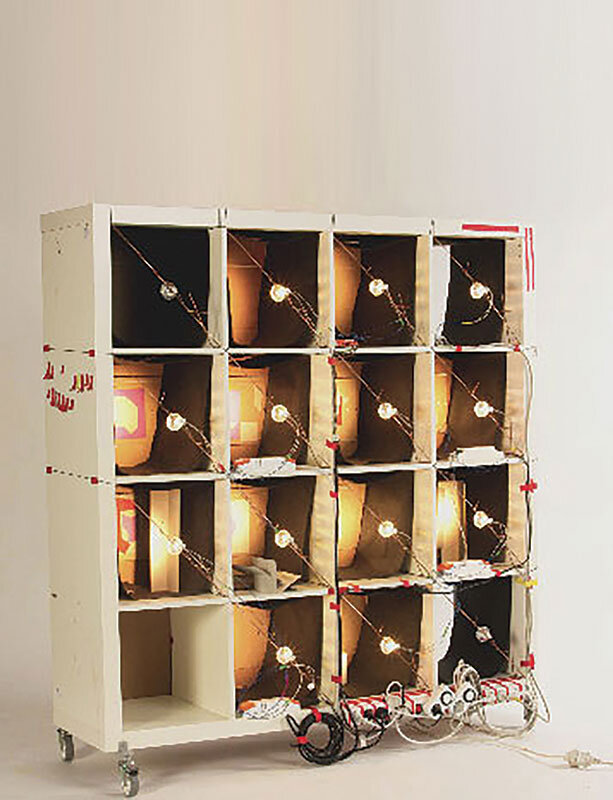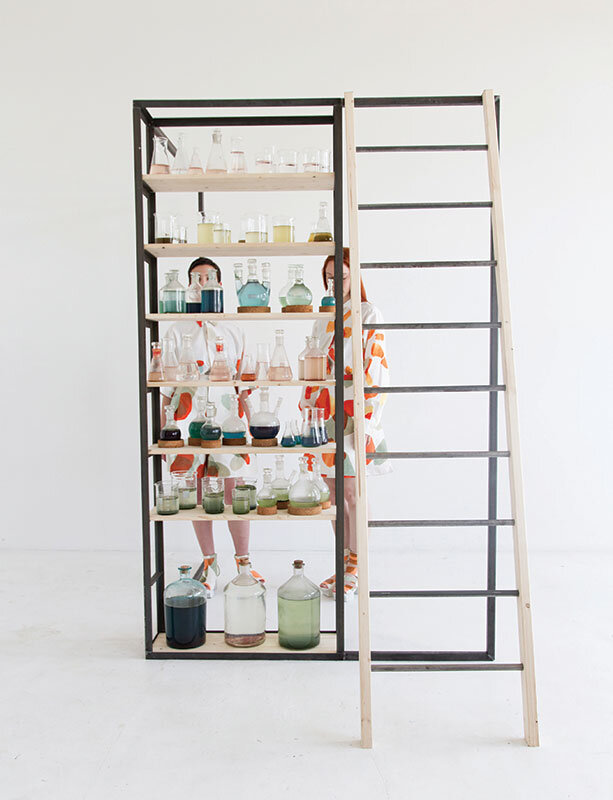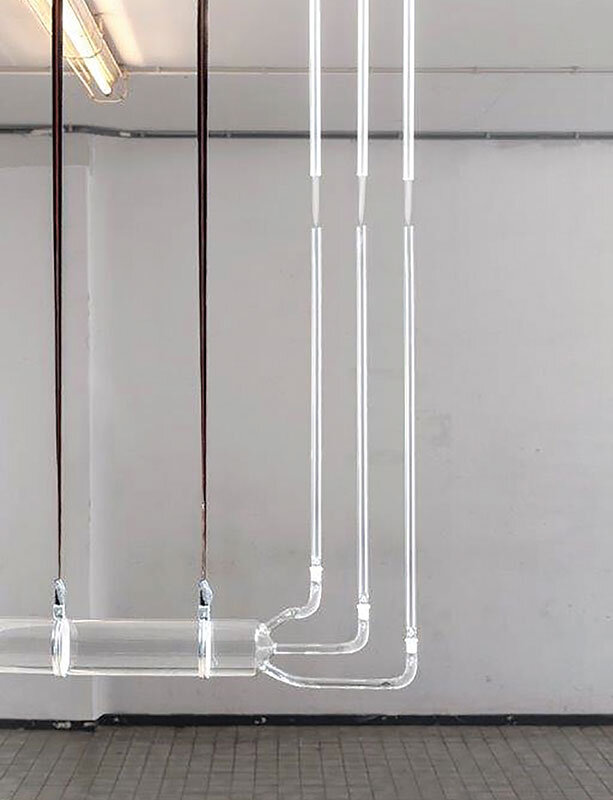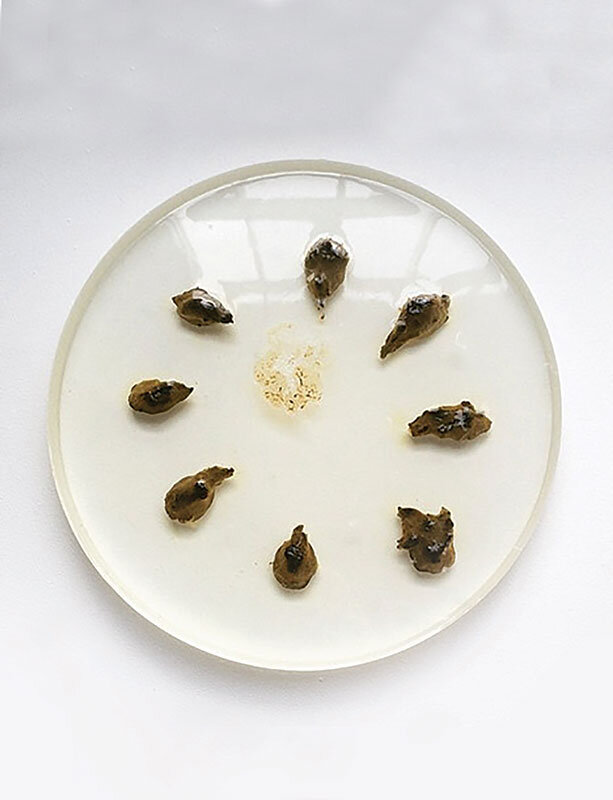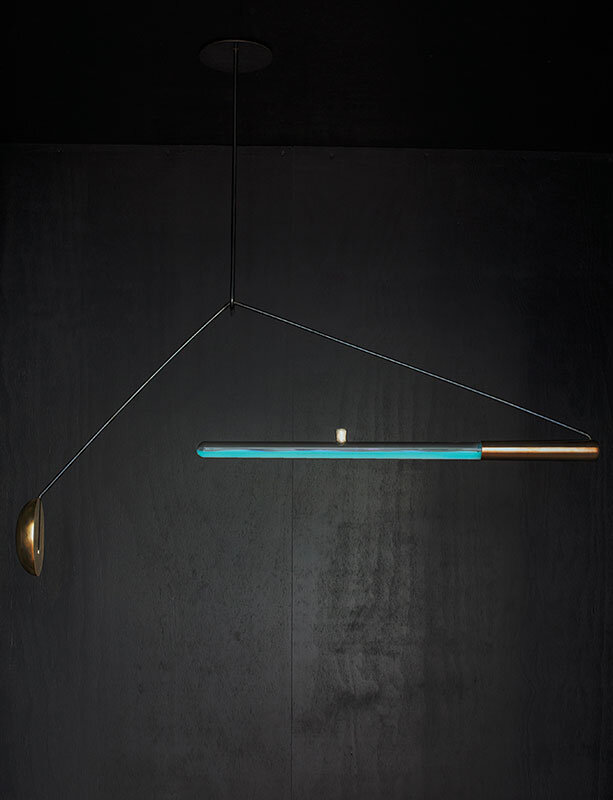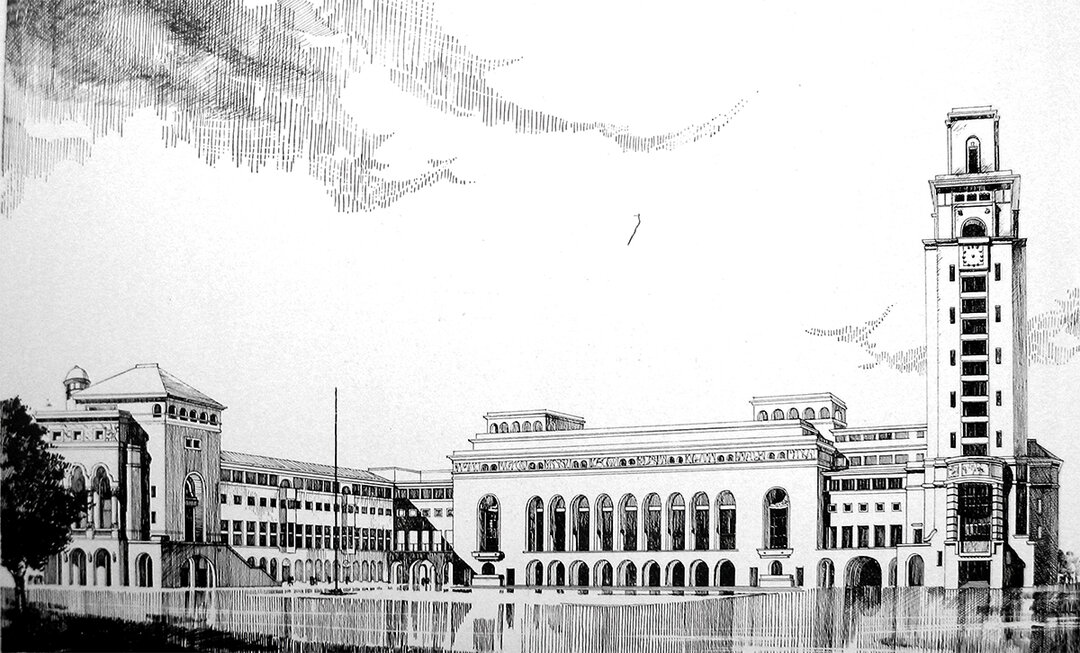
Ventura Lambrate, Fuorisalone, Milan 2015
Organization in Design, the Dutch team responsible for Ventura Lambrate, has proposed three broad categories for their exhibitors this year: 1. Technology, 2. Universities and Young Designers and 3. Materials research and the fusion between design and fashion. In reality, all three categories seem to stand for research that leaves the object behind and moves towards responsible design or critical design. It may be a re-evaluation of resources, process, purpose, consequences, or a complete dilution of the object, the result being rather quantifiable in social, economic, environmental, etc. terms. The incarnation of the design effort, its materiality, its enclosure in a form, its aesthetic vector are to a large extent a result of complex, often interdisciplinary research, which aims at medium and long-term, fundamental changes that go far beyond the sphere of comfort or an exceptional negotiation between function and form.
Ventura Lambrate has for some time now earned the title of experimental space among the areas taking part in the furniture fair, so that every year the most important design masters or universities on the one hand and young designers or niche studios on the other appear here.
We will assume from the outset that we have been subjective and by no means exhaustive in our survey of the exhibitors in Lambrate, as we will be in the selection we will present below.
Via Ventura 2
*Handmade Industrials, through the Breaking the Mold project, seeks to maintain human interaction in the production process, challenging contemporary practices of industrial standardization.
http://handmadeindustrials.com/
Via Ventura 5
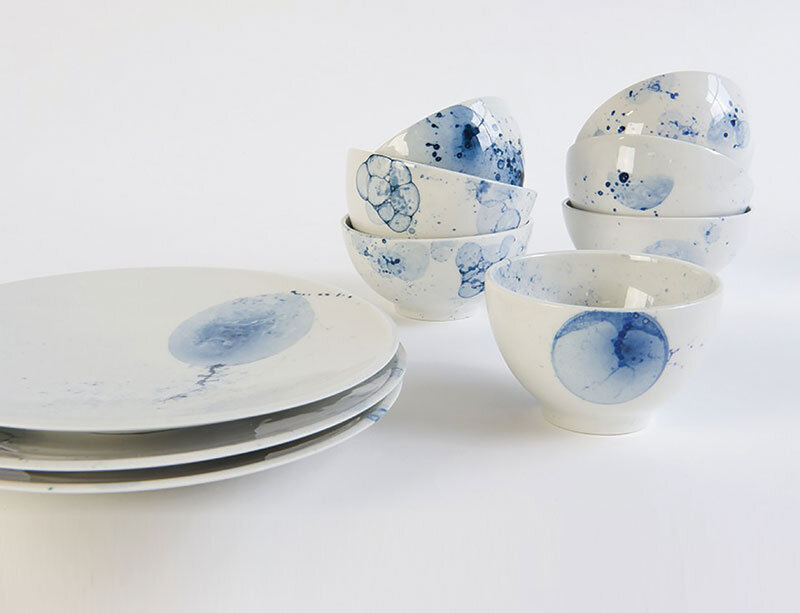
*Studio Sybrandy - The infinite finitude takes the child's play with soap bubbles and introduces it as a technique to achieve the last finishing coat for different support materials such as textiles or porcelain, by introducing pigment into the blowing substance.
Via Ventura 6
*Dutch design bistroRens, opened in 2008 by Renee Mennen and Stefanie van Keijsteren, exhibits three projects: True colors, Fade to stay and Reddish. True Colours involves a process of chromatography, a study in the decomposition of colors, discovering the multitude of shades hidden in the black colour of a simple marker, revealed in interaction with water. The process is exposed through application on different types of fabrics.
Via Ventura 14
*ExperimentalCreations showcases the work of eight young Japanese designers, sharing a common theme of different experiments with fabric. Beyond the aesthetic and functional dimension, they aim to create new objects through innovative processes of material use and processing.
http://experimental-creations.com/
Via Massimiano 25
*Label/ Breed is an initiative that focuses on creating dialog between designers and craftsmen with the aim of exploiting each other's resources.
Via Privata Oslavia 7
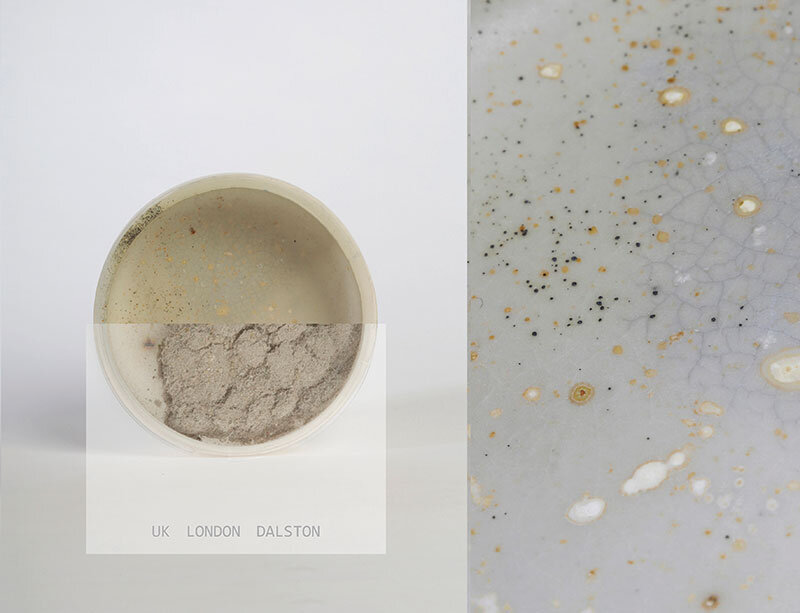
*For the project Dust matters, designer Lucie Libottere evaluates "the dirty", looking at the dust that inevitably accumulates day by day as an indicator of our everyday life and a trace of our journey through the world. Her research focuses on the private living area and, by collecting dust from different dwellings, she creates an object that contains and displays it.
Via dei Canzi 19, Ventura Academies
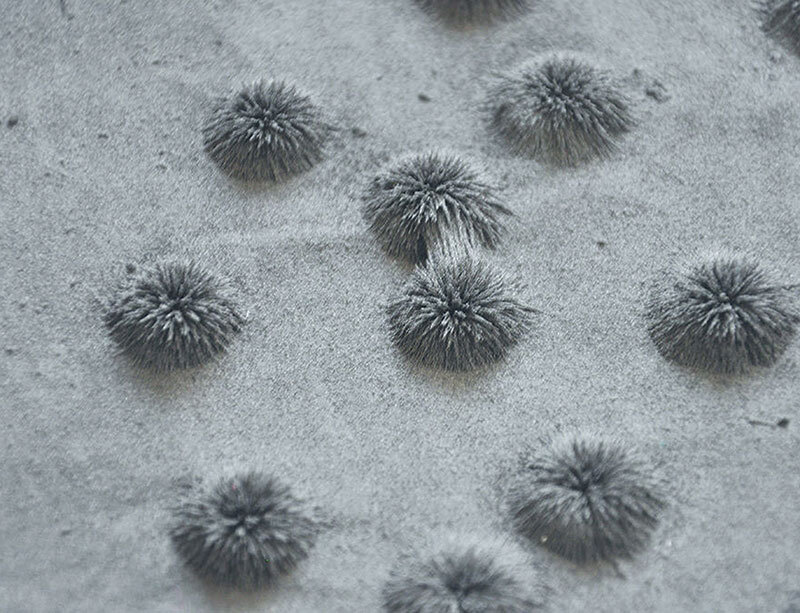
*IMD- Institute for Material Design, Faculty of Product Design at the University of Art and Design Offenbach Offenbach in Germany - Material design2. This master is among those focusing on material innovation. The projects presented at the Milan Fair are supported by the BMW concern and are strongly influenced by the fusion of material performance and sensory perception.
Magnetic Fabrics, by Lilian Didio, explores the limits of textiles, experimentally developing their common traits through changes generated by inescapable factors such as magnetism.
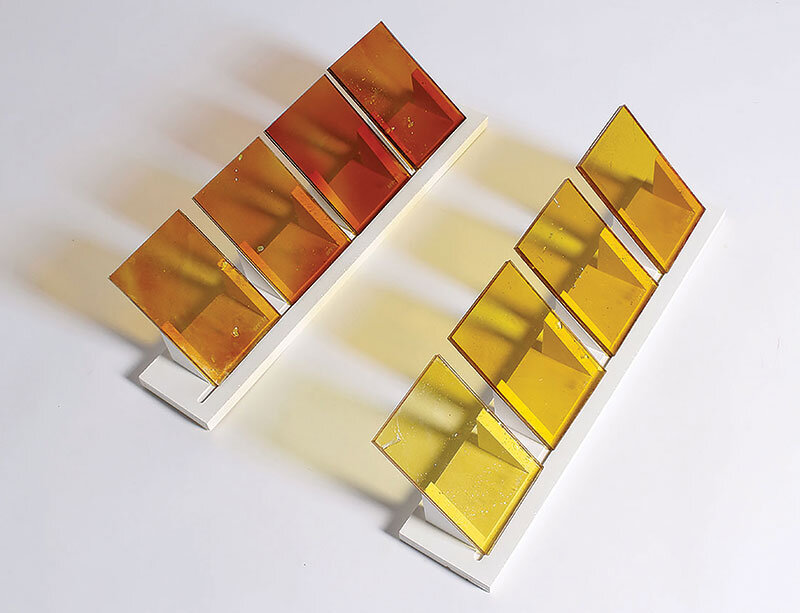
*MIARD - Piet Zwart Institute Master of Interior Architecture & Retail Design, Willem de Kooning Academy Rotterdam University - Next Habitat
SFP - Sugar Protection Filter - Federica Dellisanti, Tinka Jongerius, uses caramelized sugar to create a filter that protects the human body from the negative effects of artificial light.
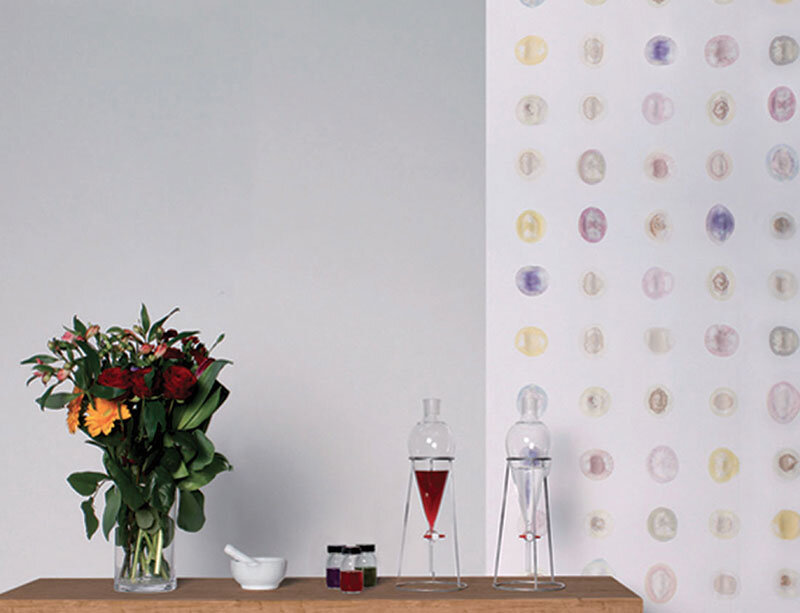
Flora Code - Wojcciech Gawronski, is a wallpaper that proposes an equivalence between the decorative role of a floral motif and that of a botanical manual, providing information on the plant species and the process of obtaining the pigment used to reproduce it.
Life Matter - Noor F. F. Istiani and Katerina Prazakova, uses the ashes of objects left behind by loved ones as they pass away.
*Burg Giebichenstein Univesity of Art and Design Halle, Germany
100 Slow Phostos - Leon & Luis Kucharski, overturns the relationship between the mass-produced product and the prototype by proposing as a final product a device that was originally intended only to support the research process of a method of bleaching paper with light.
http://www.kucharski-kucharski.de/
Via Cletto Arrighi 19
*StudioNienke Hoogvliet, through the Re-Sea Me project, realizes that in the industrial processing of fish skin is considered a waste product, so their design aims to exploit this resource in the economy of everyday objects, even to the ironic reinterpretation of a fishing chair.
http://www.nienkehoogvliet.nl/
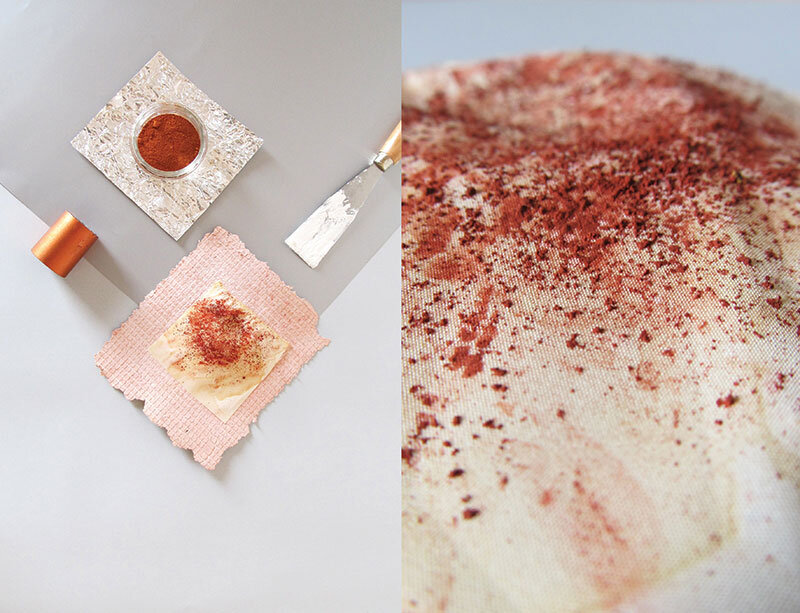
*StudioLaura Daza investigates ways to bring traditional techniques, some completely lost, to contemporary practices, to obtain color pigments from natural resources and to fix them on different types of support-materials.
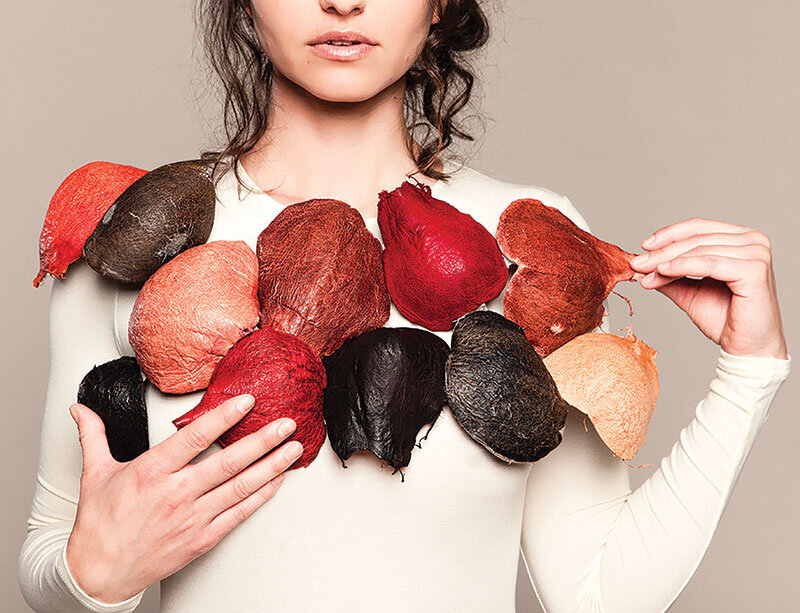
*StudioGutedort uses the juice extracted from red cabbage as a source of color, achieving different tones, from purplish to pink or blue, depending on the time interval between obtaining the juice and the moment of application.
*StudioBlond & Bieber propose a method of dyeing textiles that involves assuming the passage of time and fading.
Via Crespi / Via Canzi
*DesignAcademy Eindhoven is undeniably the most controversial pavilion, which has for some years now earned a reputation as the "enfant terrible" of the Milan Design Fair and of international design education in general.
Space meets fragrance - academy student Mickael Wiesengrun collaborates with odor specialist Sissel Tolaas. Together, they produce an installation to recreate the olfactory sensation of the interior of the former Philips light bulb factory, where the academy exhibited at this year's Milan fair.
Eat Shit - Food Non Food Students. This project was at the center of the entire pavilion and gave it this year's title, which understandably did not please all visitors. The aim, perhaps a little too decent for the project's aggressive marketing, is one of reassessing perspectives on resources. The project leader proposes a review of all of the academy's projects that speak to any kind of relationship with the body and food, respectively, ending with a few projects from the past year, which discuss the attempt to compose a tool for predicting trends in food aesthetics and their correspondence with lifestyles, or an album archiving answers to the question what strong memories are connected to moments of encountering food, and last but not least, to what extent the perception of the aesthetics of human excrement could be completely changed by pursuing its use as a natural resource.
Ambio - Teresa Van Dongen gets a degree in biology, then studies object design and, at the intersection of the two, produces an installation. She uses moving light-producing micro-organisms normally found in the marine environment to create an ambient lamp that lights up very subtly, for a very short time, if lightly touched.

